How to Utilize Flow Batteries for Sustainable Energy Solutions
As the world increasingly shifts towards sustainable energy solutions, Flow Batteries have emerged as a pivotal technology in energy storage systems. According to a report by the International Energy Agency, the demand for energy storage is expected to grow significantly, with annual deployments anticipated to reach 1,000 GWh by 2040. Flow Batteries, characterized by their scalability and long cycle life, offer unique advantages for renewable energy integration and grid stability. A recent study by Bloomberg New Energy Finance highlighted that the global energy storage market, including Flow Batteries, is poised to reach $620 billion by 2040, driven by the need for efficient energy management and the surge in renewable sources. This comprehensive overview aims to delve into the various applications of Flow Batteries, elucidating how they can be harnessed to create robust and sustainable energy infrastructures for the future.
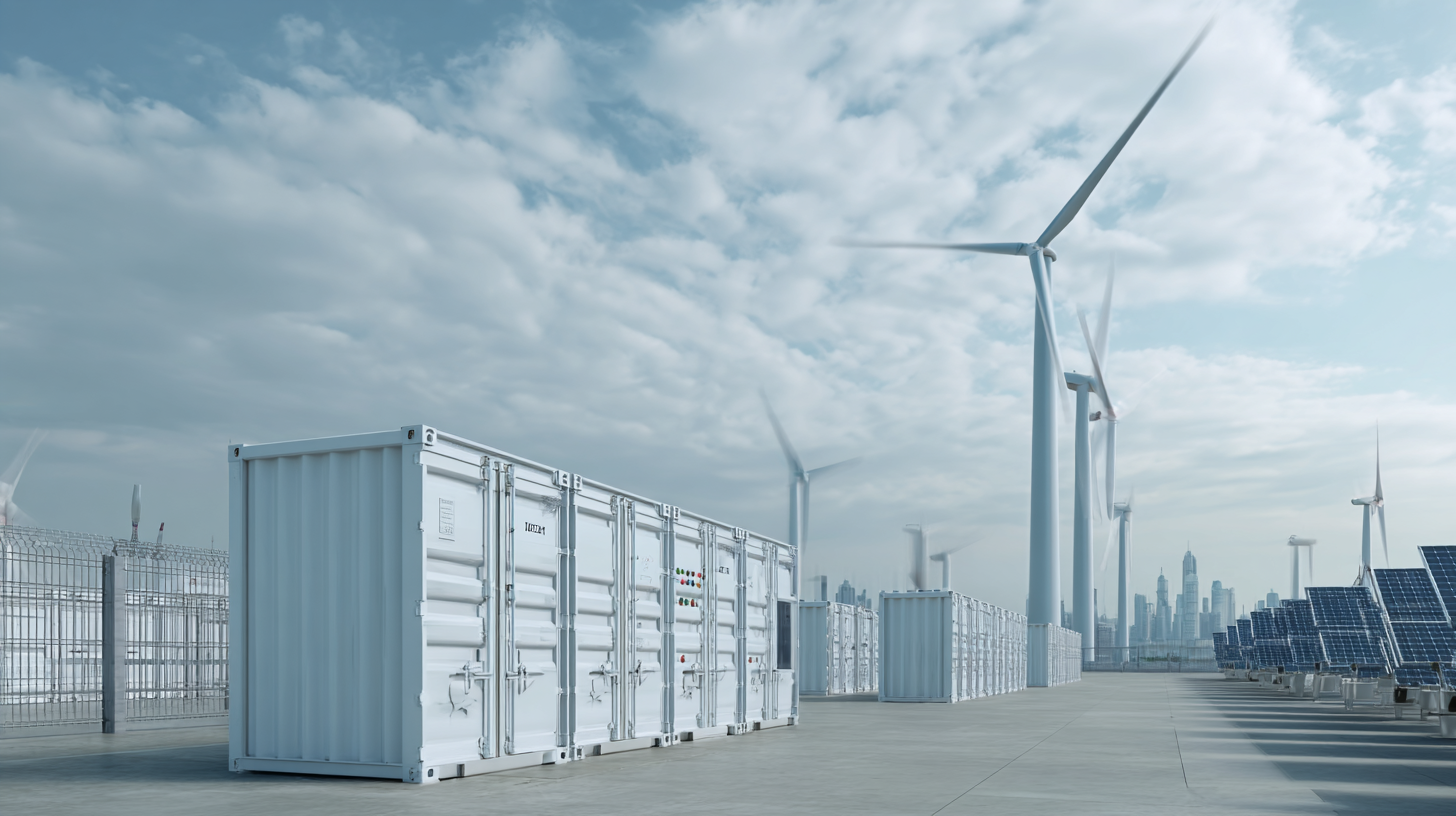
Understanding Flow Battery Technology for Sustainable Energy
Flow battery technology represents a significant innovation in the pursuit of sustainable energy solutions. Unlike conventional batteries, flow batteries store energy in liquid electrolytes contained in external tanks. This unique design allows for scalability and extended discharge durations, making them suitable for large-scale energy applications.
According to a report from the International Energy Agency (IEA), the global energy storage market is projected to reach 158 gigawatts by 2024, with flow batteries playing a pivotal role in this growth due to their ability to provide grid stability and integrate renewable energy sources effectively.
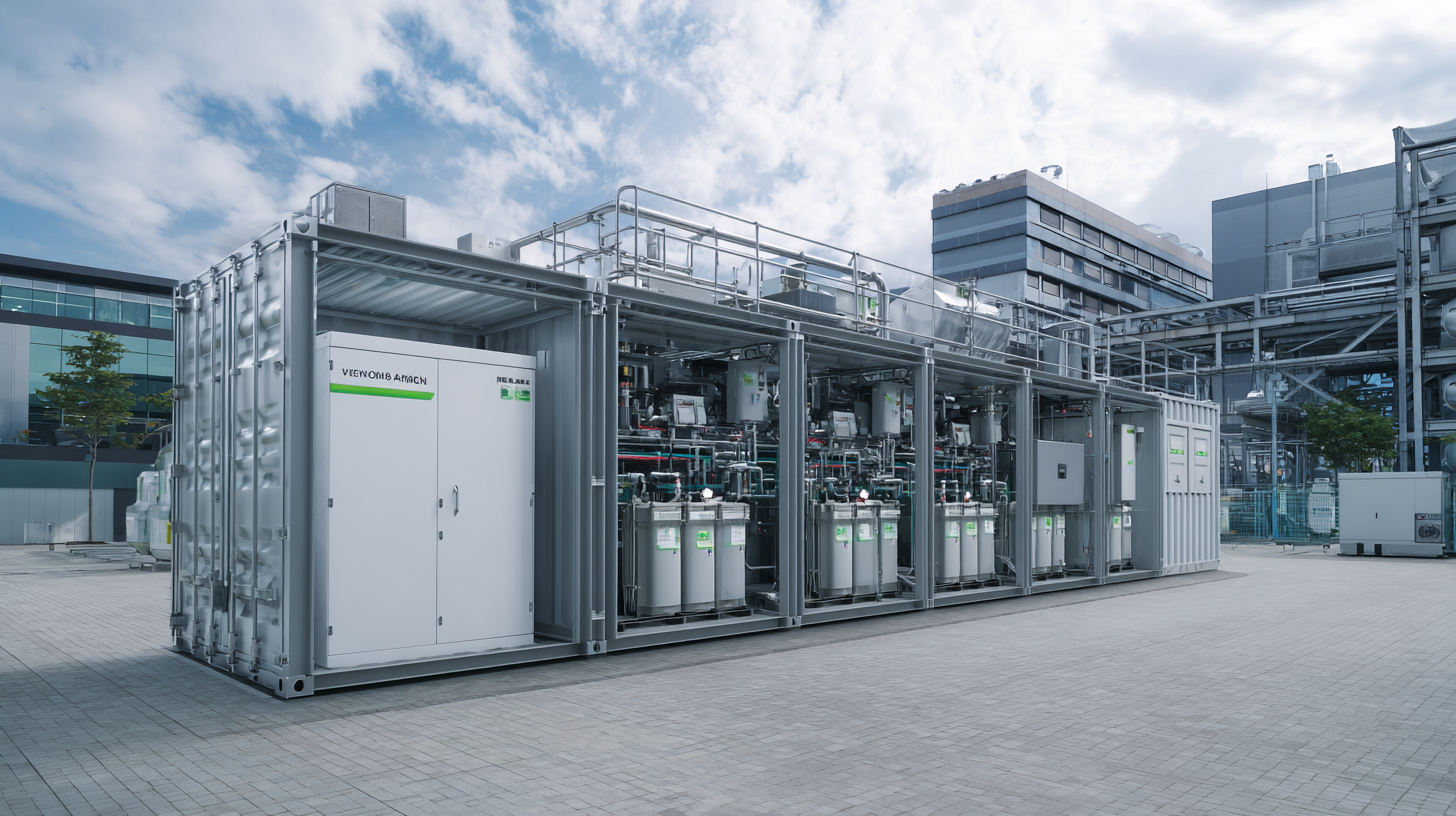
One of the most promising aspects of flow batteries is their longevity and reduced environmental impact. With a lifespan exceeding 20 years, they can endure thousands of charge and discharge cycles without significant degradation. Additionally, studies from the U.S. Department of Energy show that flow batteries can achieve round-trip efficiencies of up to 75-80%, which enhances their feasibility as a sustainable solution.
As countries strive to meet carbon neutrality targets, investing in flow battery technology could be essential for transitioning towards a more resilient and sustainable energy future.
Key Benefits of Flow Batteries in Renewable Energy Systems
Flow batteries offer several key benefits that make them a compelling choice for renewable energy systems. One prominent advantage is their scalability; flow batteries can be easily sized to match the energy requirements of various applications. This flexibility allows them to be deployed in residential setups as well as large-scale grid storage solutions. By decoupling energy storage capacity from power output, flow batteries can efficiently adapt to fluctuations in energy generation and consumption, enhancing grid stability.
Another significant benefit of flow batteries is their longevity and durability. Unlike conventional batteries that degrade over time, flow batteries can be cycled thousands of times without substantial loss in capacity. This extended lifespan reduces the frequency of replacements, lowering the overall cost of energy storage systems in the long run. Furthermore, flow batteries can utilize diverse, non-toxic materials, promoting environmental sustainability in energy storage solutions. This makes them an ideal fit for renewable energy initiatives aimed at reducing carbon footprints while ensuring reliable power supply and integration with solar and wind energy sources.
How to Utilize Flow Batteries for Sustainable Energy Solutions - Key Benefits of Flow Batteries in Renewable Energy Systems
| Dimension | Description | Key Benefit | Application Examples |
|---|---|---|---|
| Energy Density | The amount of energy stored per unit volume. | High energy density for compact storage. | Electric vehicles, portable devices. |
| Scalability | Easily expandable systems for larger energy needs. | Flexible installations based on demand. | Renewable energy plants, microgrids. |
| Cycle Life | Number of charge/discharge cycles before capacity drops. | Long cycle life ensures lower replacement costs. | Large scale storage applications, grid stabilization. |
| Safety | Low risk of fire or explosion compared to lithium-ion batteries. | Safe for community and environment. | Urban energy storage systems, residential applications. |
| Environmental Impact | Composed of non-toxic and recyclable materials. | Reduced hazardous waste and lower environmental footprint. | Renewable energy integration, energy storage facilities. |
Strategies for Integrating Flow Batteries with Solar and Wind Energy
Integrating flow batteries with solar and wind energy systems presents a promising strategy for achieving sustainable energy solutions. Flow batteries, characterized by their scalability and long-duration storage capabilities, can effectively balance the intermittent nature of renewable energy sources. By utilizing solar panels during the day and wind turbines during gusty conditions, excess energy can be stored in flow batteries, ensuring a consistent power supply even when generation is low. This synergy enhances the reliability of renewable energy infrastructures and reduces reliance on fossil fuels.
Furthermore, optimizing the integration of flow batteries involves strategic planning of energy management systems. Implementing advanced control algorithms can help manage the charging and discharging cycles of flow batteries, ensuring they operate at peak efficiency. Additionally, pairing flow batteries with smart grid technologies allows for real-time energy monitoring, enabling better demand response and load management. Together, these strategies not only stabilize the energy grid but also foster the widespread adoption of renewable energy, making flow batteries a pivotal component in the transition toward a more sustainable future.
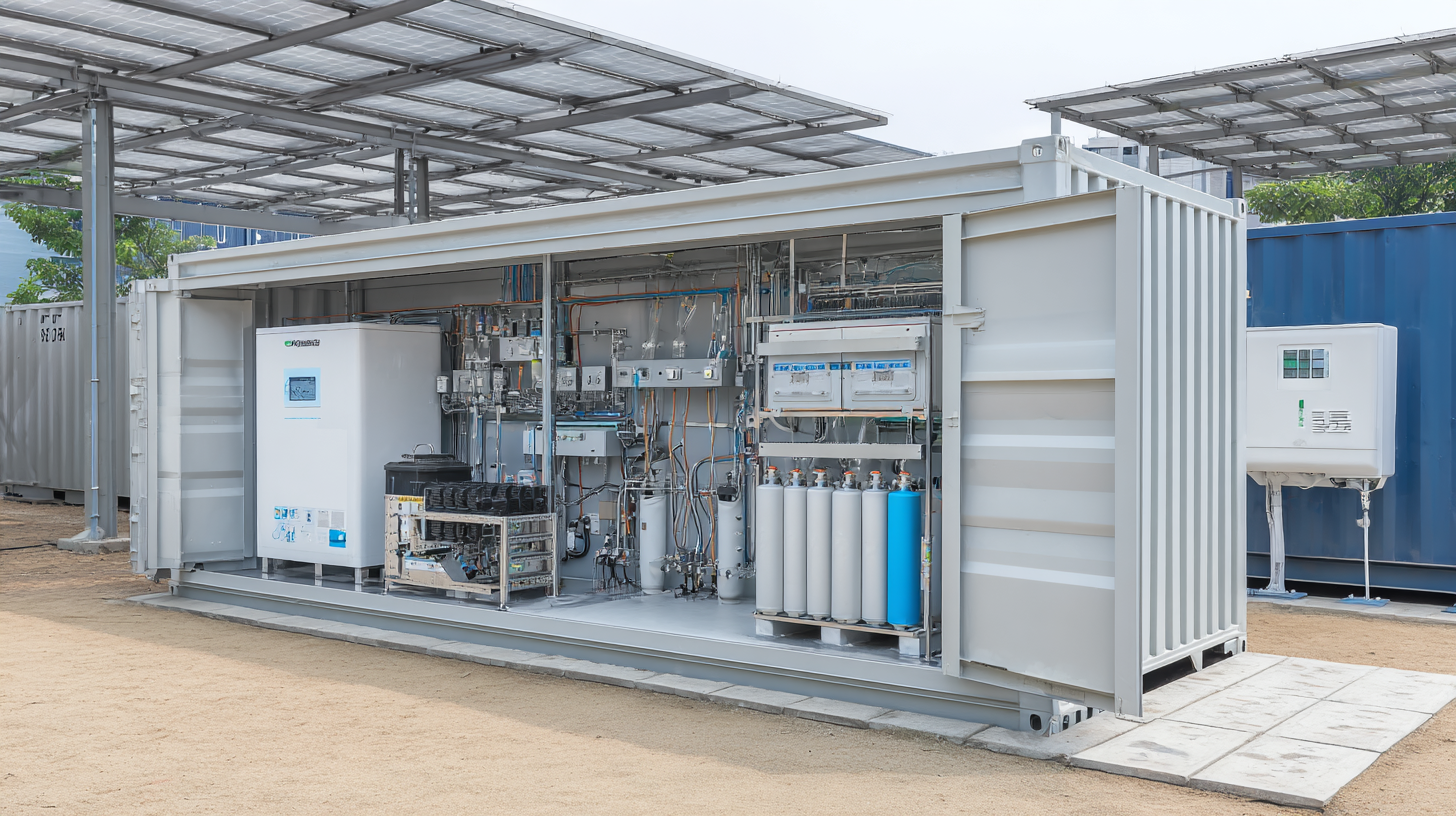
Best Practices for Maintenance and Management of Flow Batteries
Flow batteries are becoming an essential component in the quest for sustainable energy solutions. However, their effectiveness is heavily reliant on proper maintenance and management practices. According to a report by the International Renewable Energy Agency (IRENA), regular maintenance can extend the operational life of flow batteries significantly, often exceeding 20 years when properly managed.
Tips for maintaining flow batteries include conducting regular inspections of the electrolyte levels and ensuring that the system operates within the recommended temperature range to prevent overheating. Moreover, checking for any signs of corrosion or leakage in the tank and connections can help in avoiding costly repairs down the line.
Additionally, monitoring the state of charge (SOC) is crucial for optimizing battery performance. Studies have shown that keeping flow batteries within a 20%-80% SOC range can enhance their efficiency and lifespan. Implementing a systematic schedule for diagnostics and troubleshooting can further ensure that any issues are addressed promptly, maintaining the reliability of these systems in large-scale renewable energy applications.
Flow Battery Capacity Growth Over Years
This chart illustrates the increasing capacity of flow batteries from 2015 to 2023, showcasing the potential of flow batteries as a sustainable energy solution.
Future Trends in Flow Battery Development for Energy Storage Solutions
The future of flow battery development is poised for significant advancements, particularly as the global renewable energy market is projected to reach a staggering
$1,020.94 billion by 2024. As we move toward a more sustainable energy landscape, the flow battery sector is expected to grow from
$399 million in 2024 to an impressive
$1.2728 billion by 2031, marking a compound annual growth rate (CAGR) of
18.02%. This growth is driven by the increasing demand for efficient energy storage solutions that can facilitate the integration of renewable energy sources into the grid.
As technology progresses, particularly in redox flow batteries, there is potential for innovative applications such as
seawater desalination alongside energy storage. This dual functionality could significantly contribute to
sustainable development.
Tips:
- Companies exploring flow battery technologies should invest in research and development to stay ahead of emerging trends.
- Collaborating with stakeholders in the renewable energy sector can enhance the deployment of flow battery systems in hybrid microgrid environments to maximize efficiency.
Related Posts
-
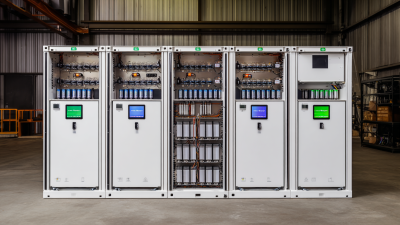
The Complete Guide to Choosing the Best Flow Batteries for Your Energy Needs
-
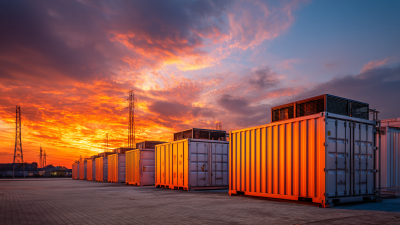
Diving into Best Battery Storage Issues That Global Buyers Must Address
-
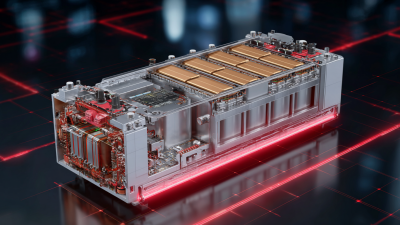
Unlocking the Future: Advantages of the Best Energy Storage LiFePO4 Battery for Global Buyers
-
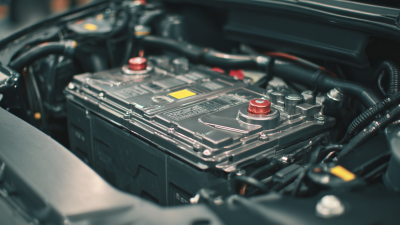
Finding the Ideal Manufacturer for Your Best Low-Speed Vehicle Battery Needs
-

5 Essential Tips for Maximizing Your Energy Storage Lifep04 Battery Performance
-

Exploring Innovative Solutions for Sustainable Energy with Flow Batteries
